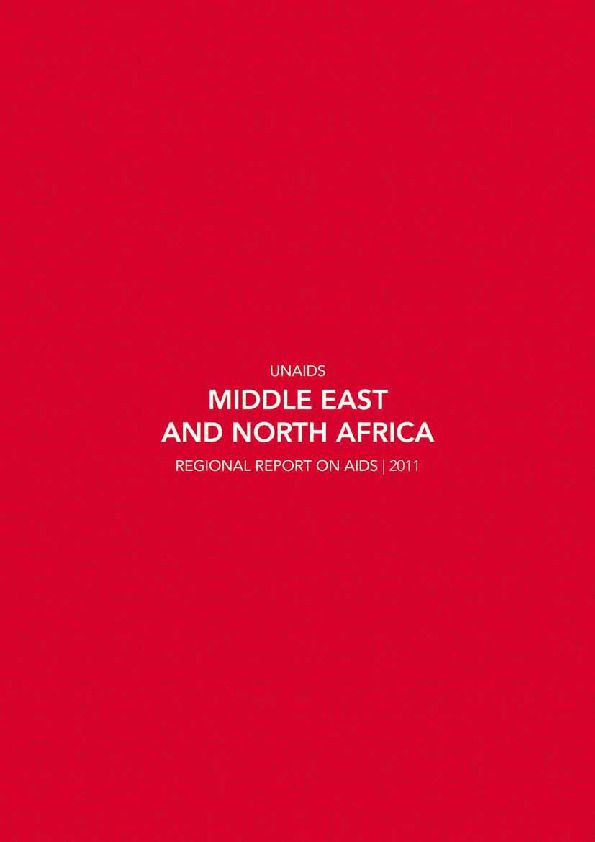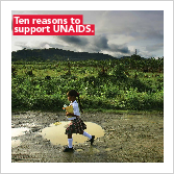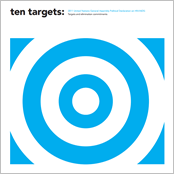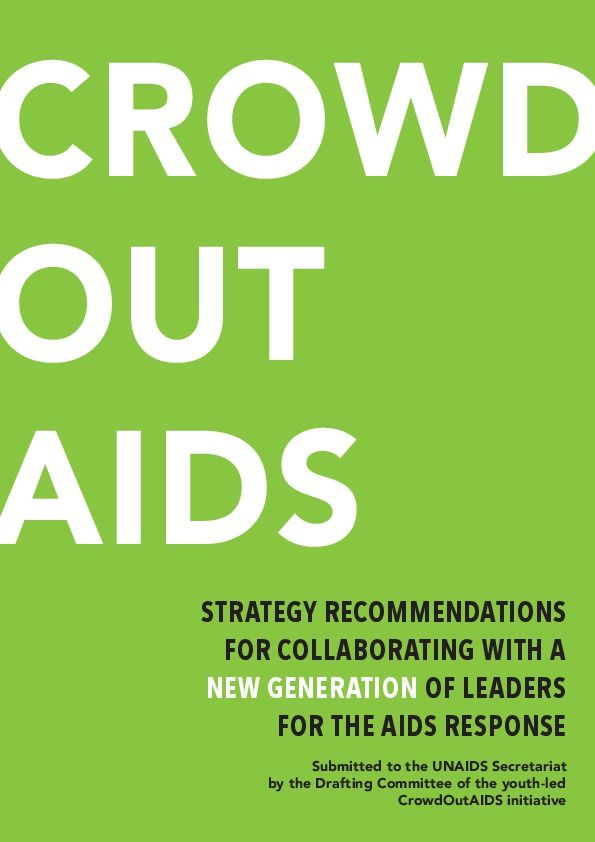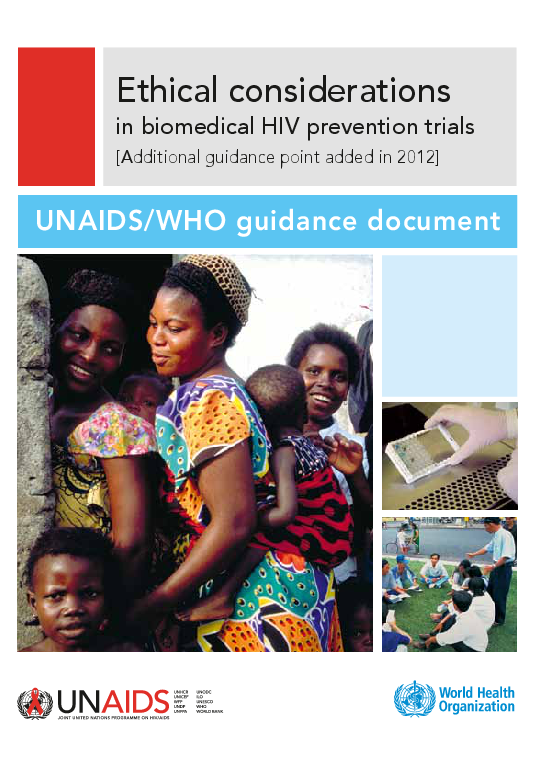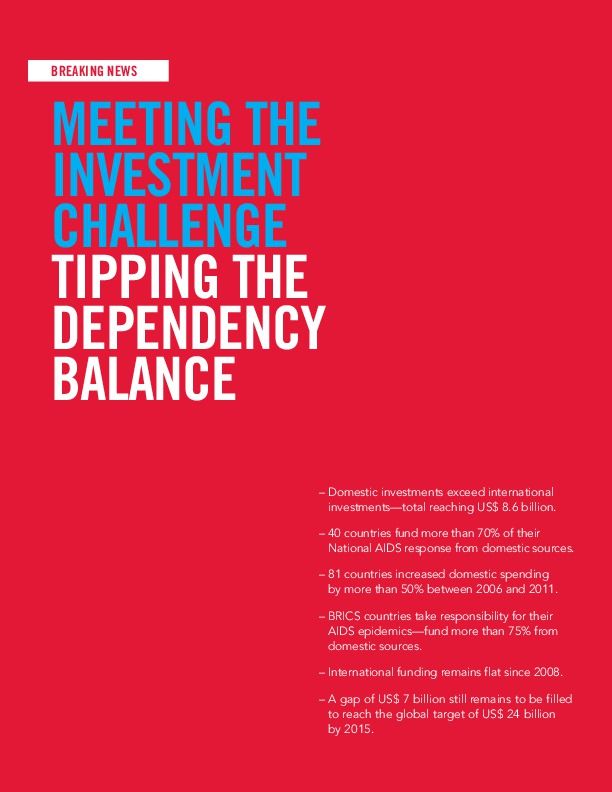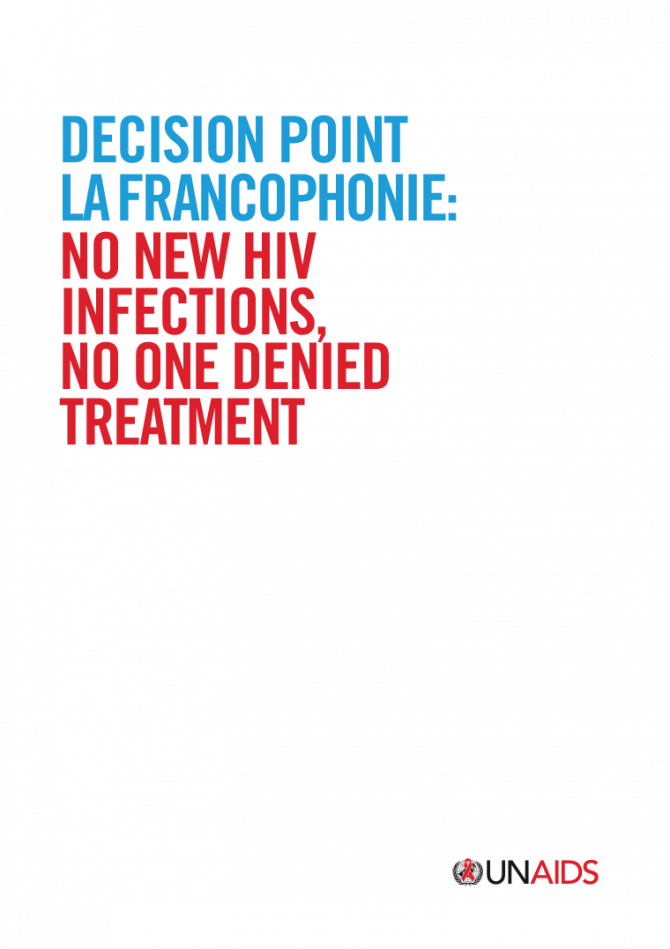Documents
Middle East and North Africa - Regional Report on AIDS: 2011
04 December 2011
In the Middle East and North Africa (MENA) region, the HIV epidemic has been on the rise since 2001. Although the overall HIV prevalence in the region is still low, the rise in new infections has put MENA among the top two regions in the world with the fastest growing HIV epidemic. The rise in the estimated number of people living with HIV in the region presumably is the result of an increased HIV prevalence among key populations at higher risk and a forward transmission of the virus to a larger number of individuals who are generally at lower risk of infection.
Documents
Letter to partners 2012: Michel Sidibé, Executive Director, UNAIDS
02 April 2012
If the history of AIDS has taught us anything, it is that epidemics don’t occur in a vacuum. HIV has exploited our social and political shortcomings—and it has shown again and again that an effective response must span the health sector and go beyond it to address the laws, attitudes and economic injustices that make infection more likely and more lethal.
Documents
CrowdOutAIDS Strategy recommendations for collaborating with a new generation of leaders for the AIDS response
24 April 2012
This document provides a set of recommendations for strategic actions that the UNAIDS Secretariat should undertake to collaborate effectively with a new generation of young leaders to ensure that the ambitious goals set by world leaders for the AIDS response are reached by 2015. The recommendations were compiled by an independent, youth-led Drafting Committee, in dialogue with the UNAIDS Secretariat, on behalf of more than 5000 young people who took part in CrowdOutAIDS. This document represents the first crowdsourced strategy in the history of the UN.
Documents
Ethical considerations in biomedical HIV prevention trials
01 July 2012
Well into the third decade of the HIV epidemic, there remains no effective HIV preventive vaccine, microbicide, product or drug to reduce the risk of HIV acquisition. As the numbers of those infected by HIV and dying from AIDS continue to increase, the need for such biomedical HIV preventive interventions becomes ever more urgent. Several such products are at various stages of development, including some currently in phase III efficacy trials. The successful development of effective HIV preventive interventions requires that many different candidates be studied simultaneously in different populations around the world.
Documents
Breaking news supplement: meeting the investment challenge
18 July 2012
Documents
Education First: An initiative of the United Nations Secretary-General
27 September 2012
It is time for the international community to face the fact that we have a crisis in education. We must be clear that if children are forced out of school, their governments and communities are also failing. As we approach 2015, we must have unwavering support for achieving and exceeding the global education goals we have set for ourselves.
Documents
Decision Point La Francophonie: No New HIV Infections, No One Denied Treatment - La Francophonie Summit, Kinshasa, October 2012
12 October 2012
In June 2011, world leaders unanimously adopted the UN General Assembly Political Declaration on AIDS that laid out ambitious targets for the global HIV response. They pledged, among other goals, to reduce the sexual transmission of HIV by 50%, end new HIV infections among children and ensure 15 million people have access to HIV treatment by 2015. While the International Organisation of La Francophonie (IOF) has made considerable progress towards these targets, its member countries are characterized by marked variations in access to treatment and prevention services as well as inadequate funding from both international and domestic sources.
Documents
2012 UNAIDS Report on the Global AIDS Epidemic
20 November 2012
In embracing the targets in the 2011 Political Declaration, countries committed to monitor and report on progress and challenges encountered in their national AIDS responses. To facilitate biennial reporting on national progress, UNAIDS collaborated with partners to develop a set of core indicators against which countries would report. The following slides are a compilation of the epidemiology data and graphics contained in the 2012 Global Report: Epidemiology slides - en | fr | es | ru

